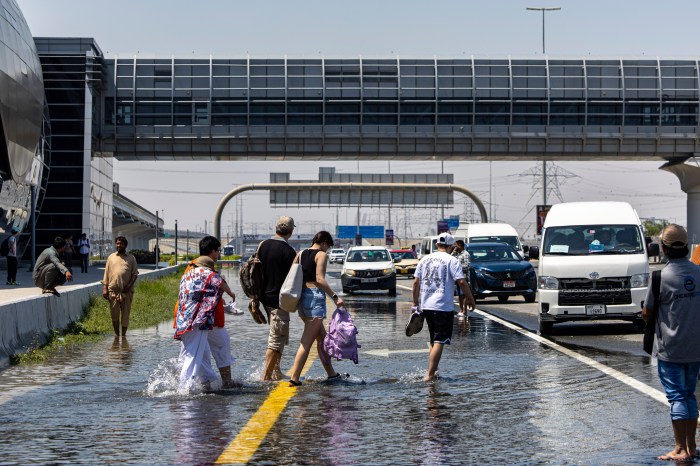Canada’s homelessness problem is getting worse, and due to a number of factors, the nation’s capital is not immune, two Carleton University researchers said yesterday.
In Ottawa, there’s a high demand for affordable housing, low vacancy rates, and a large number of people who spend 50 per cent or more of their income on rent, said PhD student Tracey Lauriault.
Lauriault and Carleton professor Fraser Taylor introduced their interactive cybercartographic atlas to help cities visualize variables associated with the risk of homelessness at the Congress of the Humanities and Social Sciences yesterday.
The atlas charts information including income spent on rent, vacancy rates, age of social housing stock, affordable housing and tenure. Available online, the pilot study, completed over the past year and a half, was conducted in partnership with the Federation of Canadian Municipalities.
“This is the first time homelessness has been presented in atlas form,” said Taylor.
In Ottawa, things are getting worse, not better, said Taylor. “Homelessness is not a single variable type thing.”
Part of the problem comes from focusing more on building houses and condos than affordable housing, said Lauriault.
In Ottawa, 14,000 people are currently on the waiting list for social housing, said Lauriault. They will spend an average of eight years on the waiting list.
Existing housing stock is not being maintained, added Lauriault. They were built in the ’60s, ’70s and ’80s — from poor materials, and many with electrical heating, which means high prices.
“Quite often, when people look at homelessness in Canada, it’s after the fact,” said Taylor. “We’re trying to look at it before.”


















